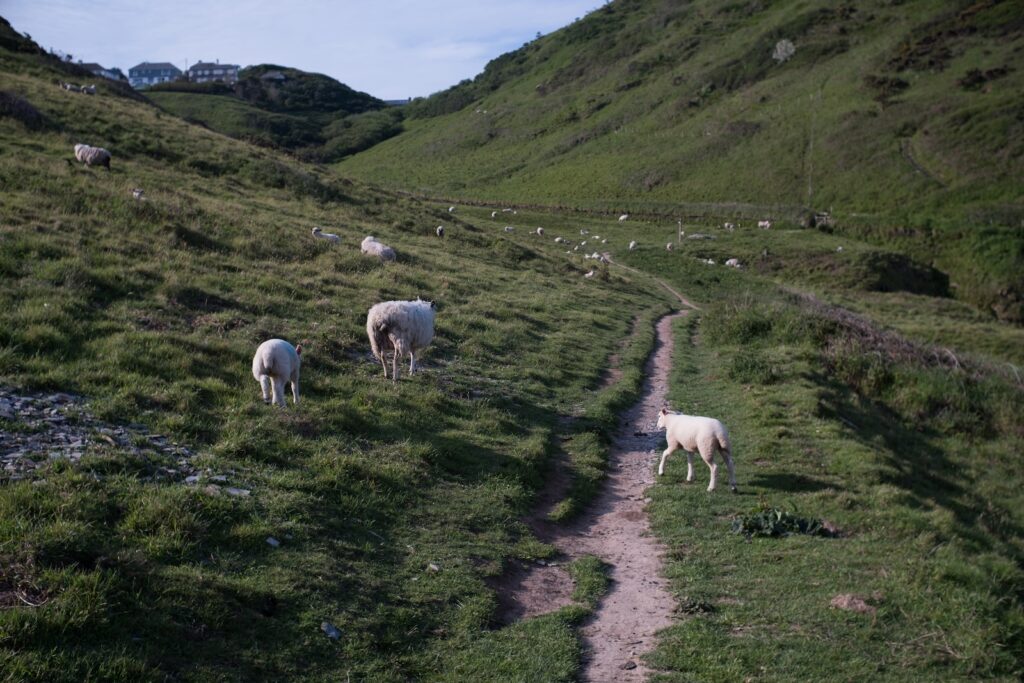Largest study of nature-friendly farming in England begins
Environmentally aligned agricultural practices in 6,000 locations across the country will be assessed in the largest ever ecosystem investigation of its kind.
Conducted by Fera Science Ltd. in partnership with Defra and Natural England, the England Ecosystem Project is being rolled out with support from 15 partner organisations, including the Wildlife Trust and ADAS.
The aim is to produce the most in-depth ‘state of the nation’ picture of the condition of farmlands, habitats and soil conditions, spanning regions and farming systems. It is hoped that results will show how farmers and other agricultural estate managers can contribute to the UK’s ambitions of achieving net zero carbon emissions by 2050, in addition to other goals relating to environmental protection, pollution prevention and biodiversity gain.
In total, environmental conditions will be studied at 500 pre-selected 1km2 locations, covering arable, grassland, forestry, heath, moorland, and woodland habitats. Each of these monads will have between two and six separate sample plots, resulting in up to 30,000 sample points providing soil and vegetation data for the study. Each sample point will be revisited every half decade to ascertain how conditions are changing over time. Up to 500 new monads will be added every 12 months.
‘Our aim is to quantify the living aspect of soils across every type of farmland habitat, from upland livestock farms in the Scottish borders to horticulture and arable farms down in Kent,’ said Martin Worsley, Natural Capital Researcher and Soil Scientist at Fera. ‘Creating this baseline will help us to track important metrics, such as soil carbon and nutrient levels, over time to show where farmers are helping to move the dial with environmental protection.
It will also help us highlight opportunities for increased carbon capture, and where producers can learn from best-practice, to help ensure sustainable farming and land management efforts are targeted in the right place for maximum benefit – both to society and farm business,’ he continued. ‘It’s important to have detailed baseline measurements of your farmland natural capital to be able to accurately plan how best to go about making investments and tapping into the funding on offer,” he says. If you’re not 100% confident on current farmland data, such as the levels of soil carbon or total wildlife habitats across your holding, you’ll be in the dark when it comes to making the most of income opportunities.’
More on agriculture:
Southern Europe cereal harvest could fall by 60% after heatwaves
Image: Veronica White

















